SIBO Diet: Foods To Eat And Foods To Avoid + Recipes
Nourish and balance your gut by eating smart with a nutritious meal plan made just for you.
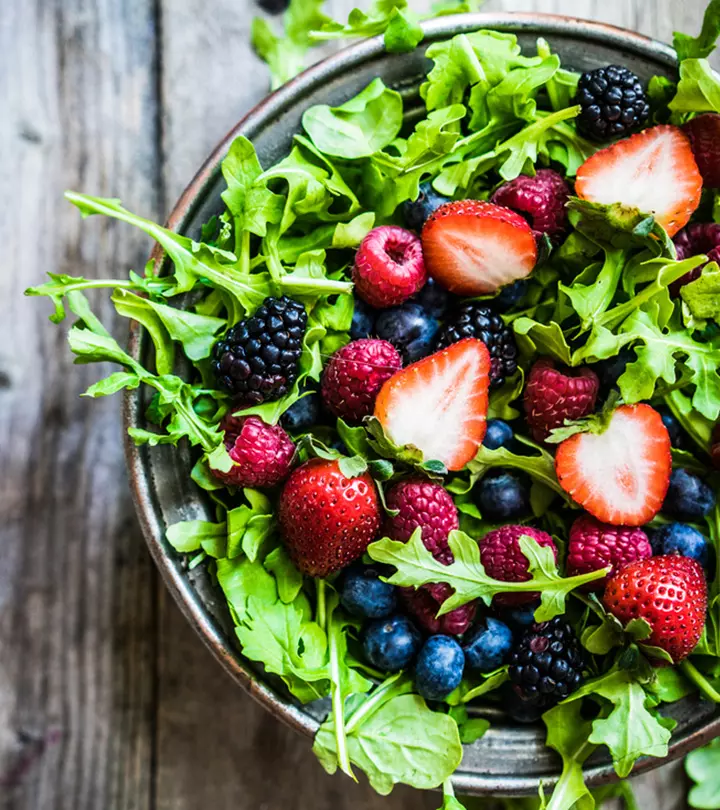
Image: Shutterstock
The idea behind the SIBO diet is to maintain gut health by incorporating foods that do not ferment in the intestine to feed the bacteria. Small Intestinal Bacterial Overgrowth, or SIBO, occurs when excessive bacteria colonize the small intestine. This may cause bloating, gas, or stomach discomfort after the intake of sugar- or fiber-rich foods like soda, sweets, or kidney beans.
Apart from medical treatment, managing this condition requires careful attention to what you eat and your daily lifestyle. A well-planned SIBO diet with healthy lifestyle changes can improve your overall digestive health. In this article, we will explore the effectiveness of this diet, a sample food list, and some delicious recipes you can enjoy.
 At A Glance: SIBO Diet
At A Glance: SIBO Diet- Principle: Elimination of foods that may otherwise ferment in the gut and lead to bacterial overgrowth in the small intestine.
- Purpose: To manage the symptoms associated with Small Intestinal Bacterial Overgrowth (SIBO).
- Who It Is For: Individuals dealing with Small Intestinal Bacterial Overgrowth.
- Duration: Short-term
- Who Should Avoid: People deficient in vitamins A, B, and D, and pregnant or lactating women.
- Cons: May cause nutritional deficiencies and unintended weight loss.
In This Article
What Is The SIBO Diet?
The SIBO diet is a short-term elimination diet that includes foods that are less likely to ferment in the small intestine and cause bacterial overgrowth. It is designed to reduce the digestive symptoms this overgrowth can cause.

There is little research on this diet. However, some believe it may help ease SIBO symptoms as the diet overlaps with several other diet plans focused on improving gut health and easing discomfort. We have listed some of those diet plans below.
 Did You Know?
Did You Know?- Low-FODMAP Diet
This diet restricts bread, cereal, some fruits, vegetables, pulses, some fruits, vegetables, pulses and dairy-based milk that contain hard-to-digest fermentable carbohydrates. A low-FODMAP diet could be a potential treatment for gastrointestinal issues like irritable bowel syndromei A common intestinal disorder characterized by symptoms like abdominal pain, bloating, gas, diarrhea, and constipation. (IBS) (1).
- Specific Carbohydrate Diet (SCD)
This is a grain-free, low-sugar diet that may help people with gastrointestinal conditions like Crohn's diseasei A chronic disease that causes inflammation in the lining of the digestive tract. and irritable bowel syndrome (2). This diet eliminates carbohydrates that do not break down easily and may also benefit individuals with SIBO. However, more studies are warranted to support this claim.
- Bi-Phasic Diet
This is a two-phase diet plan that combines the principles of the low-FODMAP and SCD diets to manage the symptoms of SIBO. Phase 1 is restrictive and includes the low-FODMAP or SCD diet. It lasts for 2 to 6 weeks and starves and reduces the excess bacteria population. Phase 2 is the reintroduction phase that lasts for 4 to 6 weeks and helps identify individual dietary triggers. While the diet looks promising, it has no scientific backing.
- Elemental Diet
This is a liquid diet plan that contains all the required nutrients in digestible forms. Some research suggests that it may help treat various inflammatory bowel diseases, including Crohn’s disease (3).
Studies also suggest that the elemental diet may even help normalize the abnormal results of a lactulose breath testi A non-invasive medical test that measures the hydrogen levels in your breath to diagnose small intestine bacterial overgrowth (SIBO). in people with irritable bowel syndrome (4).
The paleolithici A dietary pattern that includes unprocessed and whole foods presumably eaten by people during the Stone Age. and low-histamine dietsi A dietary pattern that reduces the intake of foods high in histamine, an excess of which can result in diarrhea and headaches. are a few other options you may incorporate into your SIBO management plan. These work by eliminating carbohydrates and excess sugar from your diet to starve the excess bacteria. However, do note that they are restrictive and must be followed only under a doctor’s guidance to ensure nutritional balance.
The right diet to treat SIBO depends on your health care provider, lifestyle, ability to follow a particular diet, and medical conditions, if any. But how effective are these diets? Learn more in the next section.
Key Takeaways
- Small intestinal bacterial overgrowth (SIBO) is a digestive disorder that causes bloating and stomach discomfort.
- The SIBO diet may help relieve symptoms by eliminating sweetened milk, flavored yogurt, and sugary and fiber-rich foods for a short duration.
- Avoid self-diagnosing or self-treating SIBO with antibiotics or herbal supplements to prevent any aggravation.
How Effective Is The SIBO Diet?
Anecdotal evidence suggests that the SIBO diet may help manage the symptoms of the bacterial overgrowth. However, more quality studies are needed to understand if these diets can be adapted as treatments for SIBO.
Bloating, gas, diarrhea, and abdominal pain are common signs of SIBO. It is important to try different diets to see what helps. However, we need more research to determine if these diets are the best way to treat SIBO.
Hence, consult your doctor or a registered dietitian, for a personalized diet plan for your recovery. Avoid treating the condition without expert guidance as it may lead to malabsorption syndromei A digestive disorder that prevents your body from absorbing fluids and nutrients from the food, leading to nutritional deficiencies. and nutritional deficiencies (5).
The effectiveness of this diet varies among individuals and depends on the severity of the condition. But if you want to give this diet a go, here is a simple SIBO diet plan you can follow.
SIBO Diet Plan
Note: While dairy products (lactose) and fruits (fructose and fructans) are generally avoided, you may include dairy alternatives or lactose-free dairy products in your SIBO diet upon your doctor’s approval.
| Sample SIBO Diet Plan | ||
|---|---|---|
| Meal | What To Eat | |
| Breakfast | A bowl of kiwi and almond chia pudding/a glass of green juice/a bowl of overnight peanut butter oats, made with lactose-free milk. | |
| Lunch | A bowl of Mediterranean chicken and zucchini salad/one butternut squash mini pizza/a bowl of kale and tofu salad. | |
| Dinner | A bowl of homemade chicken tenders and kale chips/a bowl of Vietnamese chicken pho (wheat-free noodles) /a bowl of creamy red lentil soup. | |
| Snack | Two vegan peanut butter cookies/one raspberry lemonade slushie/a small serving of berry crumble. | |
The SIBO diet allows you to consume both animal and plant-based foods.
So, you can adjust your diet as per your preferences. For instance, you may follow a vegetarian SIBO diet by opting for plant-based options like kiwi and almond chia pudding and kale and tofu salad. In fact, these dishes can also be a part of your vegan SIBO diet plan as they have no animal-based ingredients.
In the following section, we have included a 7-day SIBO diet meal plan with both vegetarian and non-vegetarian options. Take a look.
7-Day Sample SIBO Meal Plan
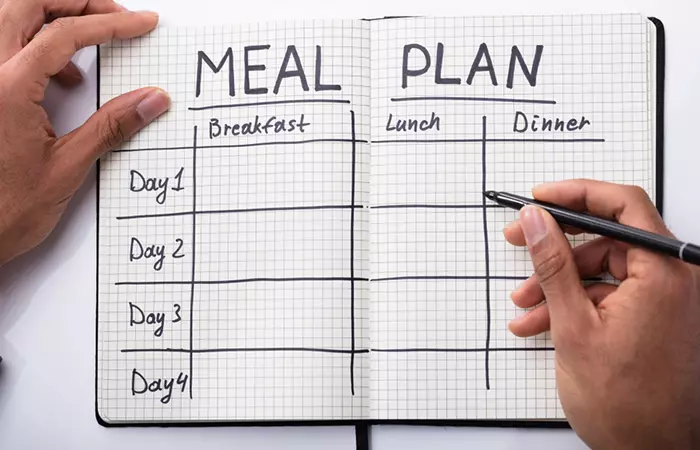
Day 1
| Meal | What To Eat |
| Breakfast | A small serving of bacon and a bowl of homemade yogurt with berries or a bowl of oatmeal porridge with fruits |
| Lunch | A bowl of vegetable and chicken salad or a bowl of Mediterranean zucchini and tofu salad |
| Dinner | A small serving of chicken tenders and a large portion of baked kale chips or a bowl of jackfruit with walnut sauce |
| Snack | Two vegan peanut butter cookies |
Day 2
| Meal | What To Eat |
| Breakfast | Two scrambled eggs with a bowl of vegetables or a bowl of kiwi and almond chia pudding |
| Lunch | A bowl of pesto zucchini noodles with spinach and chicken or a serving of spinach and cheddar frittata |
| Dinner | A bowl of Thai green curry with prawns or a serving of eggplant caponata with rice |
| Snack | A scoop of dairy-free vanilla ice cream |
Day 3
| Meal | What To Eat |
| Breakfast | One vegetable omelet or almond raspberry breakfast bowl |
| Lunch | A medium portion of chicken with walnut sauce or one butternut squash mini pizza |
| Dinner | A bowl of Vietnamese chicken pho or a bowl of zucchini noodle pasta salad |
| Snack | A small serving of beetroot and carrot chips |
Day 4
| Meal | What To Eat |
| Breakfast | A small serving of bacon and two boiled eggs or a bowl of overnight peanut butter oats |
| Lunch | A bowl with beef skewers or 4 to 5 vegetable kebabs with ½ cup of salad |
| Dinner | A bowl of boiled chicken salad or a bowl of roasted tomato and basil soup |
| Snack | One raspberry lemonade slushie |
Day 5
| Meal | What To Eat |
| Breakfast | One hot smoked salmon breakfast bowl or two banana pancakes |
| Lunch | A bowl of ginger beef and broccoli with rice or a bowl of cucumber, tomato, and tofu salad |
| Dinner | A bowl of pea and ham soup or a bowl of butternut squash soup |
| Snack | A small serving of berry crumble |
Day 6
| Meal | What To Eat |
| Breakfast | Two egg oatmeal muffins or two vegan buckwheat flour pancakes |
| Lunch | A bowl of Thai swimming rama chicken with peanut sauce or a bowl of kale and tofu salad |
| Dinner | A bowl of tomato and meatball soup or carrot red pepper soup |
| Snack | A small serving of dairy-free fruit yogurt |
Day 7
| Meal | What To Eat |
| Breakfast | Two oatmeal blueberry muffins or a bowl of overnight oats with apple and cinnamon |
| Lunch | One gluten-free vegetable chicken wrap or a bowl of kale, pumpkin, and pomegranate salad |
| Dinner | One serving of fish tacos with ½ cup of salad or a bowl of creamy red lentil soup |
| Snack | A scoop of dairy-free choco-chip ice cream |
 Quick Tip
Quick TipThis is just a sample SIBO meal plan and you do not have to follow it to the T. You may customize it according to the suggestions of your healthcare expert and your food preferences. The following section will help you understand what other foods you can include (and what you must avoid) in your SIBO diet.
SIBO Diet Food List: Foods To Eat And Foods To Avoid
Your doctor or nutritionist may recommend you to temporarily reduce or eliminate FODMAPs from your diet. These include the following types of carbohydrates:
- Fructose: Present in fruits, some vegetables, and honey
- Lactose: Present in animal milk and other dairy products
- Fructans: Present in gluten-rich foods, fruits, and some vegetables
- Galactan: Present in lentils and chickpeas
- Polyol: Present in low-calorie sweeteners
Note:
While dairy products (lactose) and fruits (fructose and fructans) are generally avoided, you may include a few of them in your SIBO diet upon your doctor’s approval.
You can check out the complete SIBO diet food list below.
| Category | What To Eat | What To Avoid |
| Meat, Fish, And Poultry | Beef, lamb, chicken, pork, turkey, fish, shellfish, duck, and eggs | Nothing |
| Plant-Based Protein | Tofu, tempeh, unsweetened nut butter, and seeds and nuts (handful) | Lentils and dried beans like black, pinto, and kidney beans |
| Food Grains | White rice, quinoa, and oatmeal (if digested) | Bran, barley, brown rice, wild rice, and any whole grain |
| Fruits | Selected fresh fruits like raspberries, strawberries, and watermelon (only a small portion). Consult your dietitian about whether you should consume fruits or not before starting this diet. | Dried or candied fruits like raisins, dates, figs, mango, and prunes |
| Vegetables | Starchy vegetables like white potato and butternut squash (no more than ½ cup at a meal) and non-starchy vegetables like spinach and kale (no more than ½ cup at a meal) | Vegetables high in fiber and sugars like sprouts, cabbage, cauliflower, corn, garlic, onions, shallots, and sweet potato |
| Dairy | Plain milk, yogurt, and cottage, hard, and soft cheeses (varieties that are low in lactose) | Sweetened milk drinks, hot cocoa, and flavored yogurt |
| Non-Dairy Beverages | Water, plant-based milk, unsweetened tea, tea sweetened with stevia, and diet soda | High-sugar drinks like Gatorade, blended smoothies with fruits that are not allowed, regular soda, sweetened tea or coffee, and flavored milk |
| Sweets | Small quantities of stevia | All sweets including cakes, processed cookies, candies, donuts, chocolate, and gelatin desserts |
| Condiments | Mayonnaise, mustard, vinegar, and salad dressings that do not contain any of the ingredients that are not allowed | Honey, agave, molasses, white sugar, brown sugar, brown rice syrup, pancake syrup, and ketchup |
Note:
Everyone reacts to different foods differently. While some of these foods may be safe for others, your case could be different. Keep your food sensitivities and allergies in mind before including them in your diet.
These are all the food choices you can experiment with on a daily basis to manage SIBO. But there is more. Check out in the next section a few quick and delicious SIBO diet recipes you can prepare at home.
SIBO Diet Recipes
- Kiwi And Almond Chia Pudding
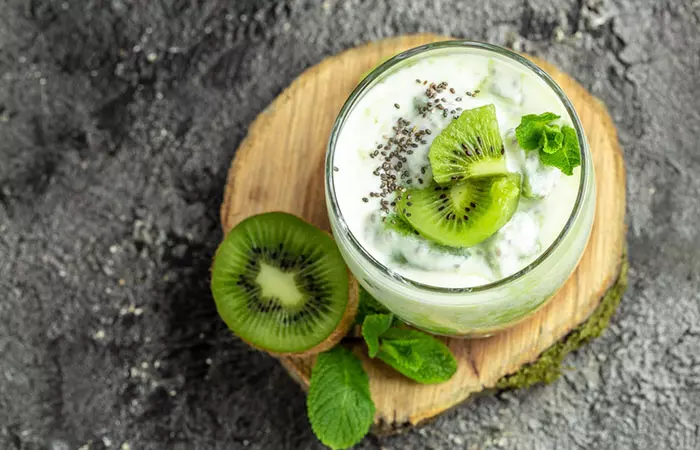
Ingredients
- 1 tablespoon of chia seeds
- ¼ cup of almond milk
- 4 tablespoons of water
- 1 kiwi
- 2 to 3 mint leaves, for garnish
How To Prepare
- Add chia seeds to a glass or jar and pour almond milk and water into it.
- Stir well and set aside for 30 minutes.
- Top with mashed or sliced kiwi and the mint leaves.
- Vanilla Ice Cream

Ingredients
- 2 cups of plant-based milk of your choice (unsweetened)
- 1 vanilla bean
- 2 to 3 drops of liquid stevia
How To Prepare
- Pour the milk into a large bowl.
- Cut open the vanilla bean in half and scrape out the seeds.
- Add the seeds to the milk. You may also substitute the vanilla bean with 2 to 3 drops of pure vanilla extract.
- Add stevia and mix thoroughly.
- Pour the mixture into a tin container and freeze it for 2 to 3 hours.
- Transfer the frozen mixture to a blender.
- Blend for a few seconds to get a creamy consistency.
- Pour it back into the container and freeze again for 2 hours before consuming.
 Quick Tip
Quick Tip- Beetroot, Carrot, And Parsnip Chips
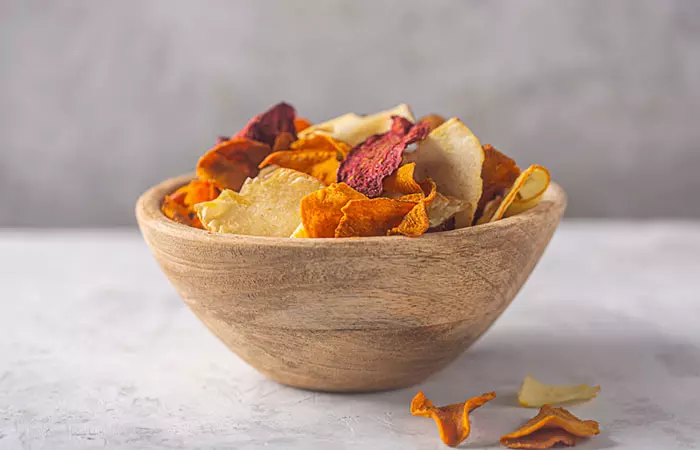
Ingredients
- 2 large beetroots
- 2 large carrots
- 2 large parsnips
- 3 to 4 tablespoons of olive oil or any oil of your choice
- 1 teaspoon of salt
- 1 teaspoon of pepper
How To Prepare
- Finely slice all the vegetables and place them in a large bowl.
- Pour the oil over them and sprinkle with salt and pepper.
- Mix well to combine everything.
- Preheat your oven to 350° F.
- Transfer the vegetables to 2 large baking trays covered with parchment paper.
- Place them in the oven for 15 minutes.
- Take them out and turn the slices over.
- Put them back in the oven for another 15 minutes.
- Let the chips cool before eating.
- Peanut Butter Overnight Oatmeal
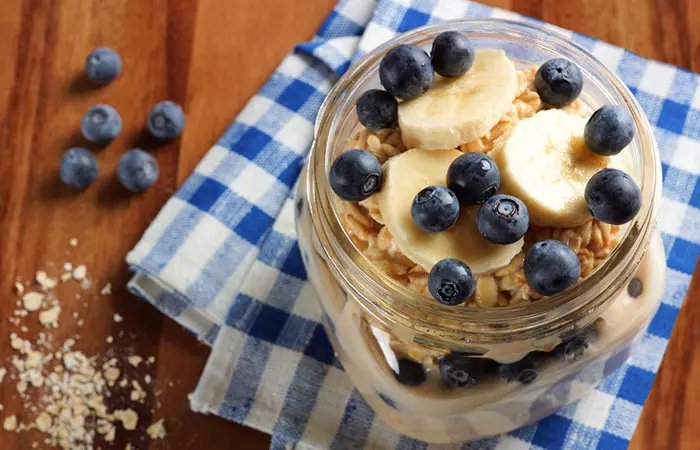
Ingredients
- ½ cup of gluten-free oats
- 1 cup of almond milk
- 1 tablespoon of peanut butter
- 1 tablespoon of chia seeds
- 2 tablespoons of lactose-free yogurt
- 1 to 2 drops of liquid stevia (optional)
- 1 to 2 fruits of your choice
How To Prepare
- Add oats and chia seeds to a glass jar.
- Pour almond milk over it and mix well.
- Add peanut butter, yogurt, and a few drops of stevia to this mixture and stir again.
- Leave it in the refrigerator overnight.
- Top up with the fruits of your choice in the morning and enjoy!
You need to avoid certain things while on the SIBO diet to effectively manage your symptoms and promote healing. Check out the next section to learn more.
Things You Should Not Do On The SIBO Diet
- Trying to self-diagnose or self-treat SIBO without professional guidance.
- Overlooking your food sensitivities. Even if the food item is allowed under the SIBO diet, avoid consuming it if you are sensitive to it.
- Taking processed and junk foods, alcohol, and excess caffeine. Avoid them as they can otherwise disrupt your gut health and worsen symptoms.
- Skipping your meals. This can lead to overeating and eventually cause digestive discomfort.
- Self-prescribing antibiotics or herbal supplements. Work with your healthcare provider to determine if and when such treatments are appropriate.
While diet is an important aspect of SIBO management, do not rely solely on it. Treating SIBO also involves antibiotics and other lifestyle changes. Consult your doctor for a proper treatment plan for faster recovery.
The SIBO diet plan can help alleviate digestive pain and keep the condition from worsening. You may include SIBO-friendly foods in your diet even after completion of the treatment to possibly prevent a relapse. However, avoid following any of the SIBO diets for extended periods. They are restrictive and may cause deficiencies of vitamins A, B, and D. The most common diet plans for SIBO that you may follow include the bi-phasic, elemental, and low-FODMAP diets. These aim to restore the balance of gut bacteria and boost your digestive health. Additionally, your treatment plan should also include healthy lifestyle changes like adequate water intake, good sleep hygiene, and adequate exercise.
Infographic: Foods To Eat And Avoid With SIBO
The SIBO diet is designed to feed you nutritious food while starving the excess bacteria in your gut. It helps manage unpleasant symptoms like bloating, abdominal pain, diarrhea, and constipation. Check out the following infographic to learn what to eat and avoid on this diet and start your journey towards better digestive health.
Some thing wrong with infographic shortcode. please verify shortcode syntaxFrequently Asked Questions
Can you eat potatoes on the SIBO diet?
Possibly. As per anecdotal evidence, potatoes are generally allowed on the SIBO diet as they do not trigger symptoms. However, keep track of how you feel when you consume them. Avoid their intake should they trigger any symptoms.
What is the fastest way to treat SIBO?
There is no quick way to treat SIBO. Doctors usually prescribe antibiotics to eliminate bacterial overgrowth (6). You may combine them with a proper diet and exercise to better manage the symptoms.
Can SIBO be cured permanently?
No, it cannot be cured permanently. However, you can manage the symptoms by following a healthy lifestyle and eliminating sugary, processed foods and alcohol.
Is SIBO a lifelong condition?
While SIBO is treatable, it may recur. Hence, one must focus on lifelong lifestyle management. Research suggests that nearly 45% of patients may experience recurrent SIBO even after completing their antibiotic treatment (6).
Who is most likely to get SIBO?
People with irritable bowel syndrome are most likely to experience SIBO. The condition may also occur due to intestinal motility disorders, such as intestinal dysmotilityi A motility disorder characterized by abnormal contractions of the intestine that cause symptoms like bloating, diarrhea, and nausea. and gastroparesisi A functional disorder that weakens stomach contractions and slows down the movement of food from the stomach to the small intestine. , which cause spasms along your gastrointestinal walls and lead to bloating and constipation. Research also suggests that these conditions account for almost 80 to 90% of SIBO cases (6).
Is SIBO an immune disease?
No, SIBO is not an immune disease. However, anecdotal evidence suggests that it may have a strong association with leaky gut and autoimmune diseases.
What kind of doctor does a SIBO test?
A gastroenterologist, a doctor who specializes in treating digestive disorders, conducts a SIBO test and gives the diagnosis.
Illustration: SIBO Diet: Foods To Eat And Foods To Avoid + Recipes
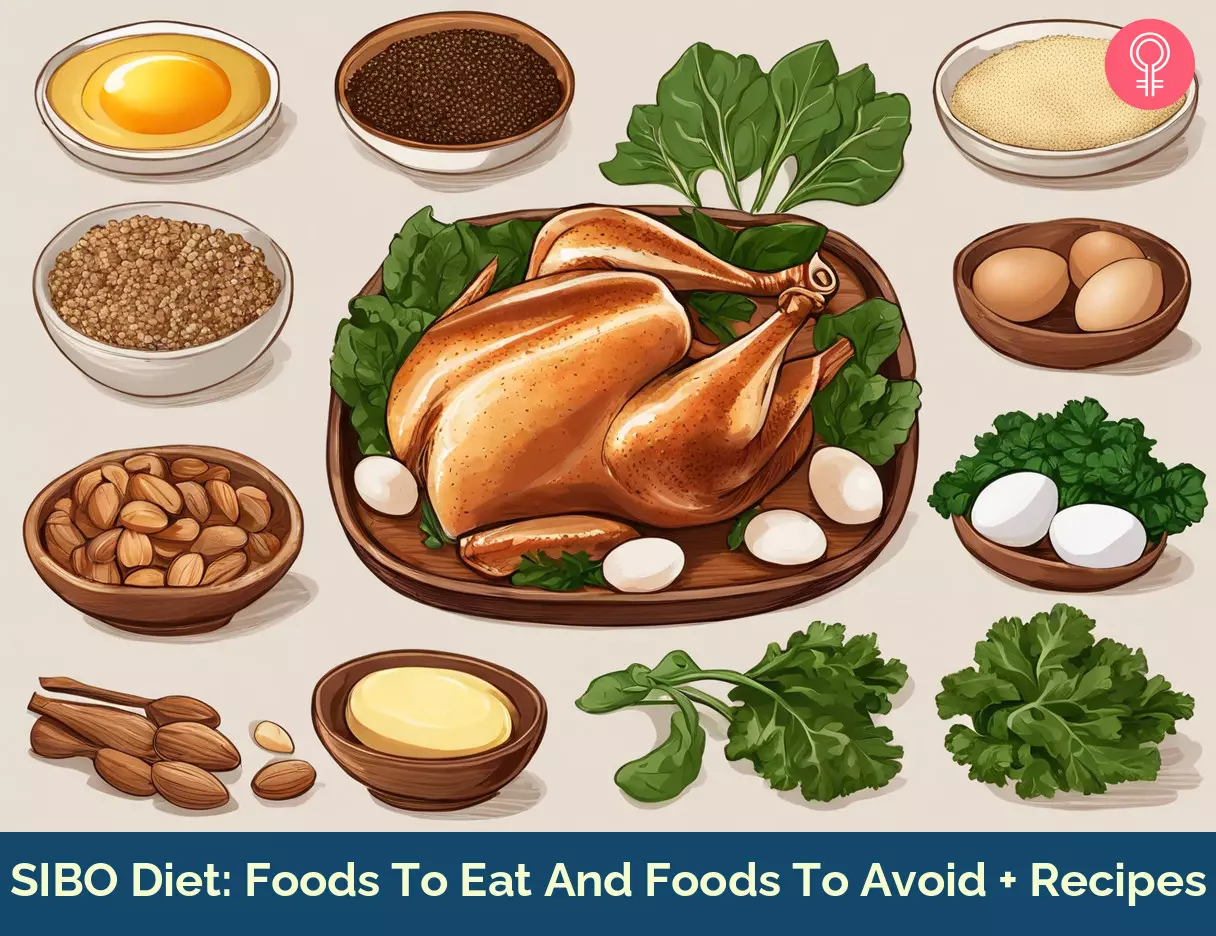
Image: Stable Diffusion/StyleCraze Design Team
Find out the ultimate solution to tackle SIBO head-on in this informative video! Check it out for tips on how to get rid of bloating and belly pain to get your health back on track.
References
Articles on StyleCraze are backed by verified information from peer-reviewed and academic research papers, reputed organizations, research institutions, and medical associations to ensure accuracy and relevance. Read our editorial policy to learn more.
- Low-Fodmap Diet For Treatment Of Irritable Bowel Syndrome
https://www.ncbi.nlm.nih.gov/pmc/articles/PMC3966170/ - Nutritional Adequacy Of The Specific Carbohydrate Diet In Pediatric Inflammatory Bowel Disease
https://pubmed.ncbi.nlm.nih.gov/28825603/ - Elemental Diets’ Role In The Treatment Of High Ileostomy Output And Other Gastrointestinal Disorders
https://www.ncbi.nlm.nih.gov/pmc/articles/PMC4285935/ - A 14-Day Elemental Diet Is Highly Effective In Normalizing The Lactulose Breath Test
https://pubmed.ncbi.nlm.nih.gov/14992438/ - Diet And Intestinal Bacterial Overgrowth: Is There Evidence?
https://www.ncbi.nlm.nih.gov/pmc/articles/PMC9198866/ - Small Intestinal Bacterial Overgrowth
https://www.ncbi.nlm.nih.gov/books/NBK546634/
Read full bio of Reema Pillai
Read full bio of Sindhu Koganti
Read full bio of Ravi Teja Tadimalla





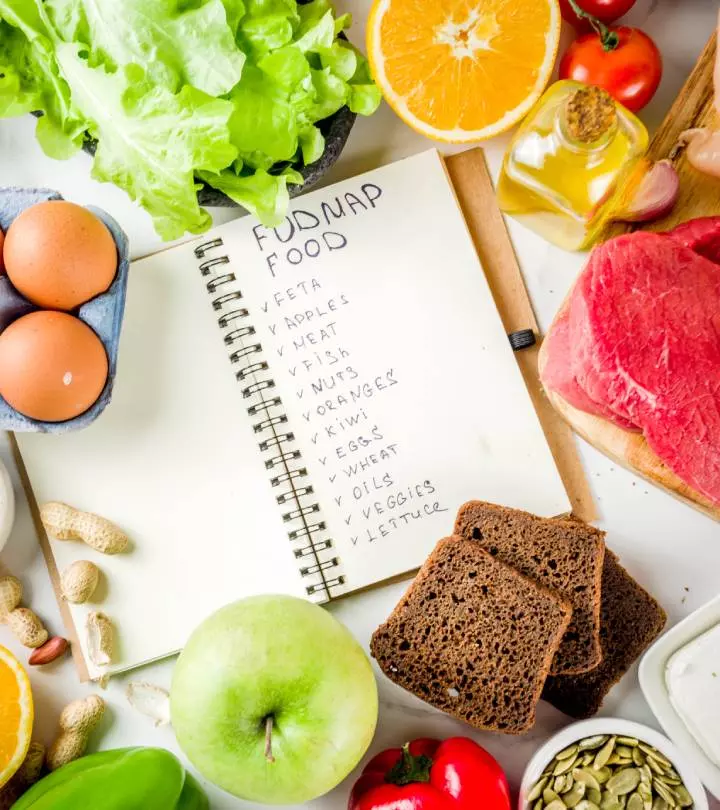
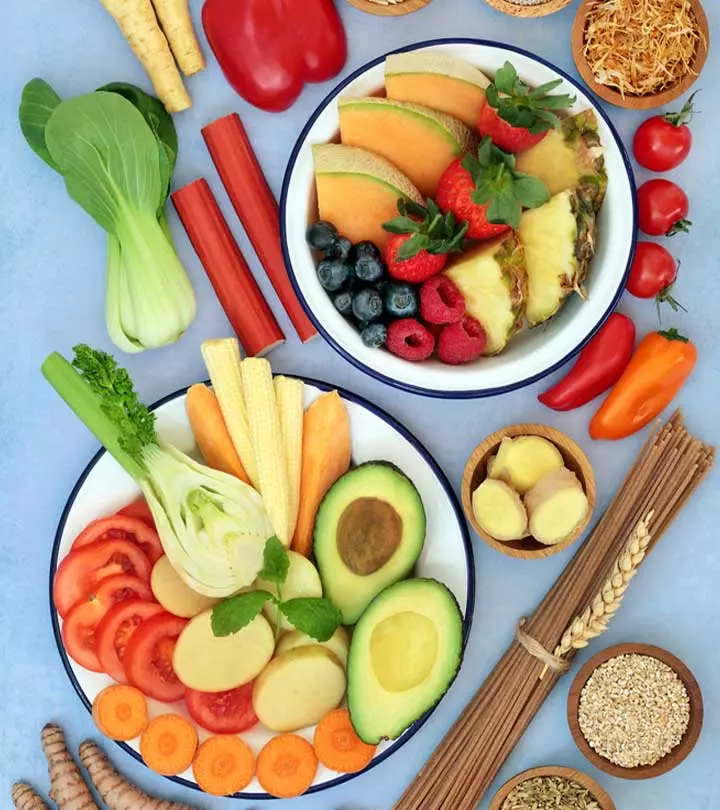
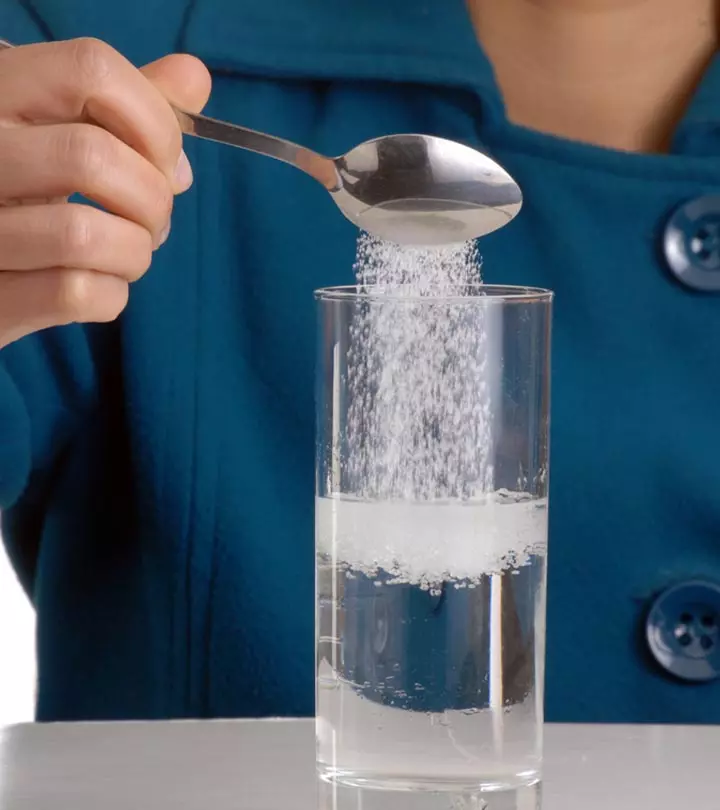

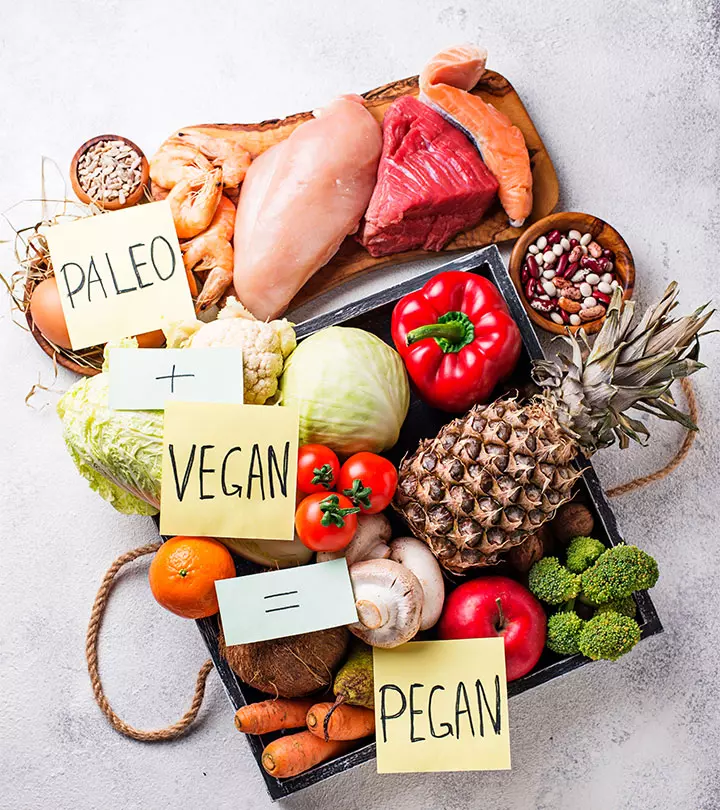

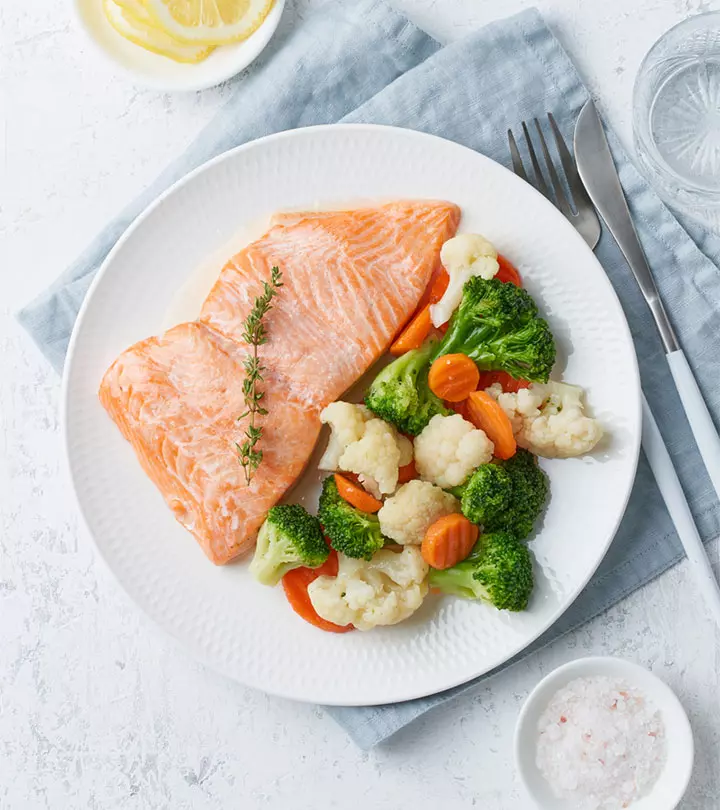
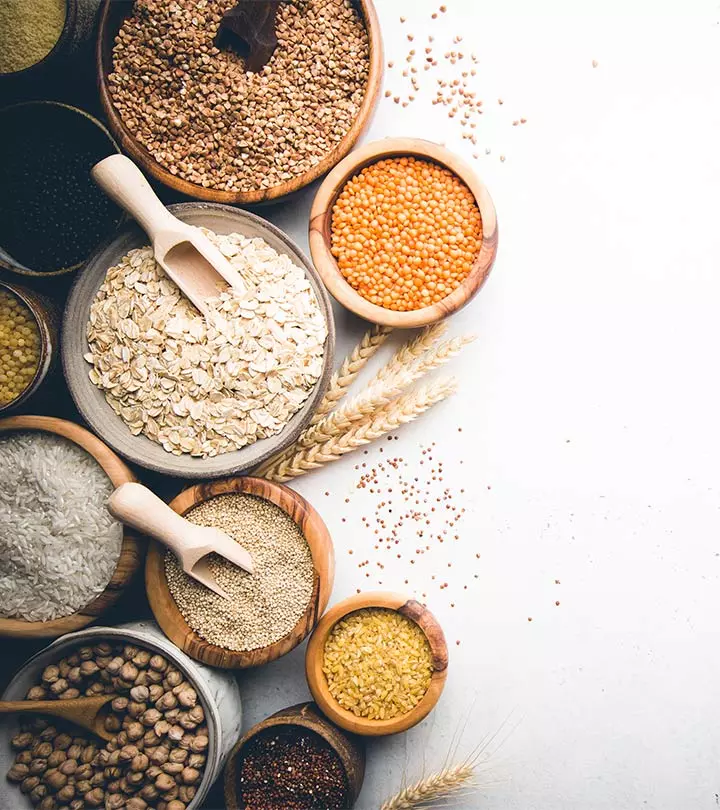
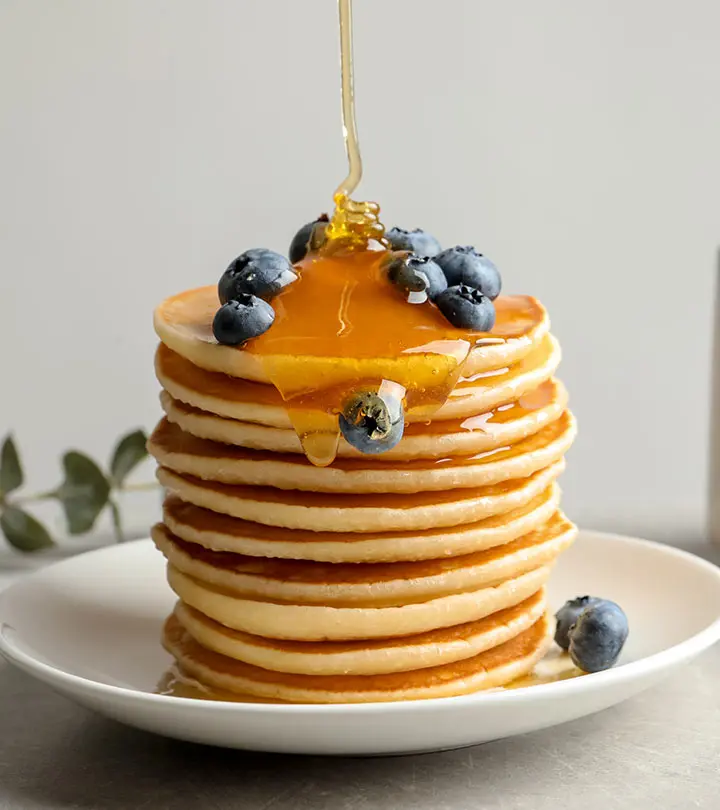
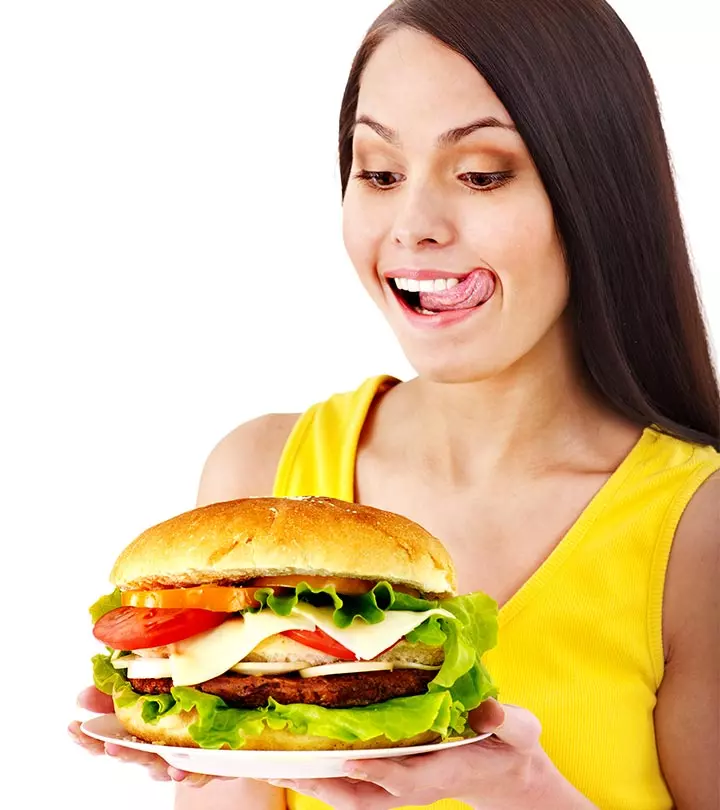
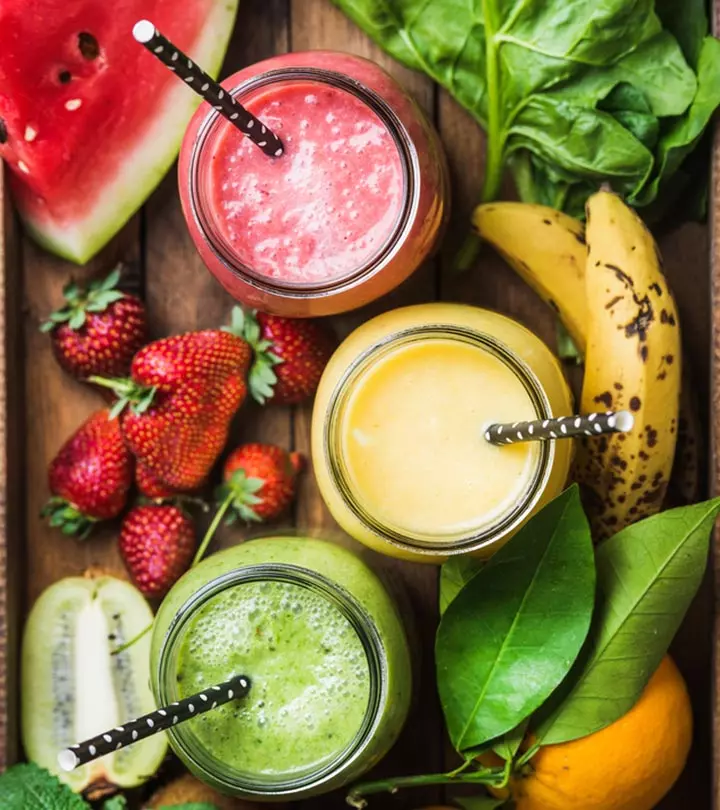
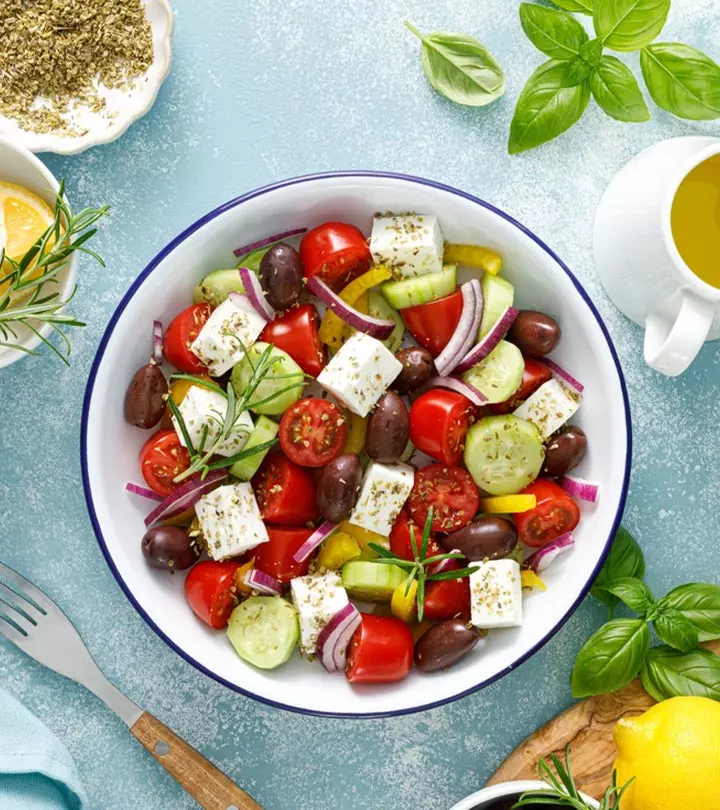

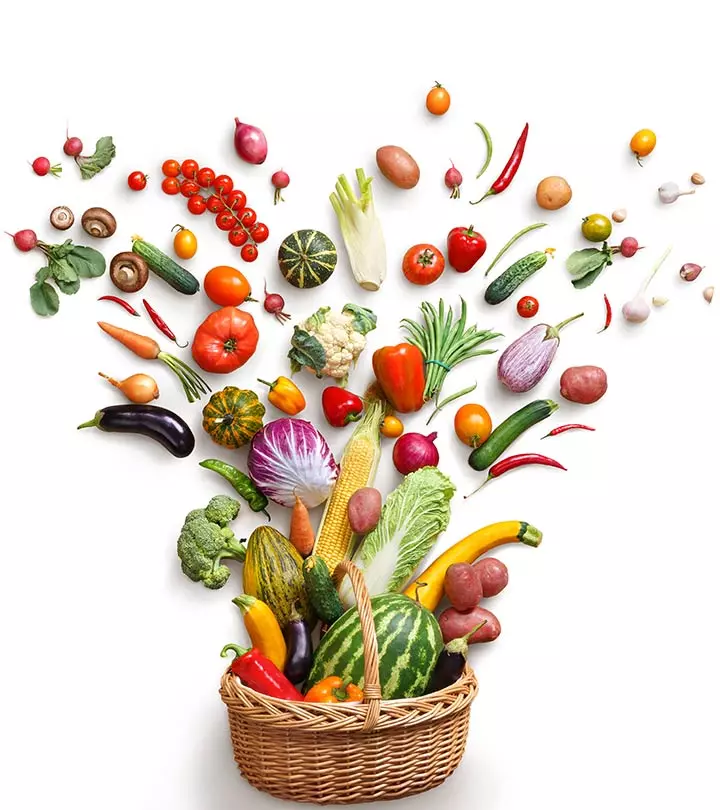
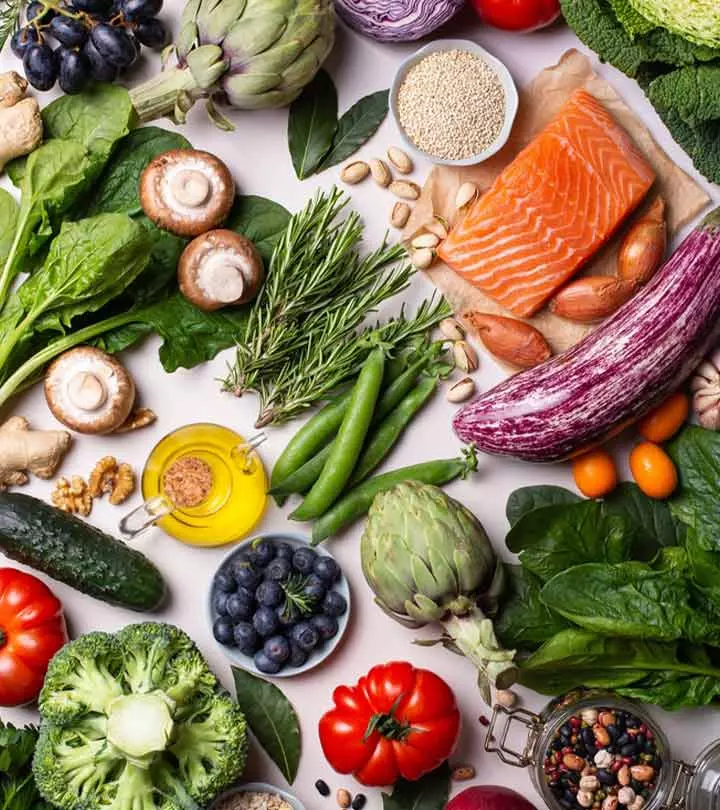
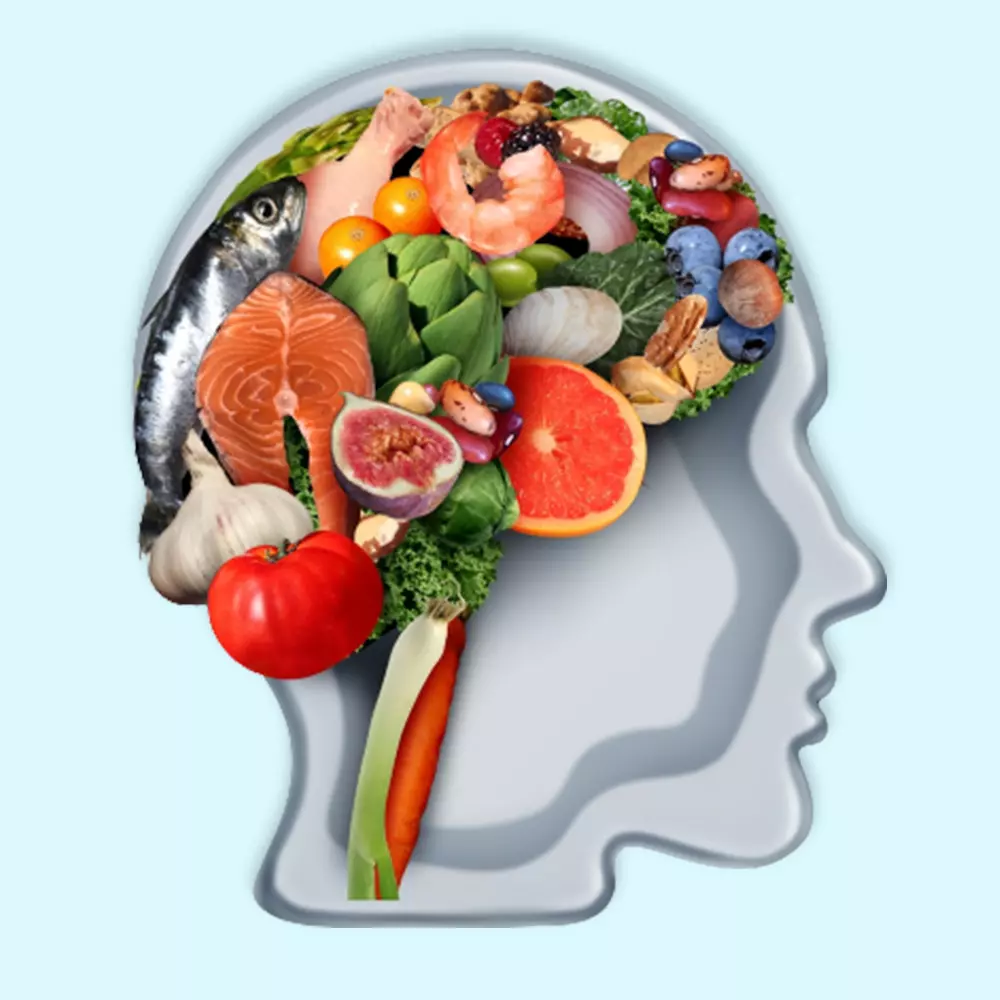
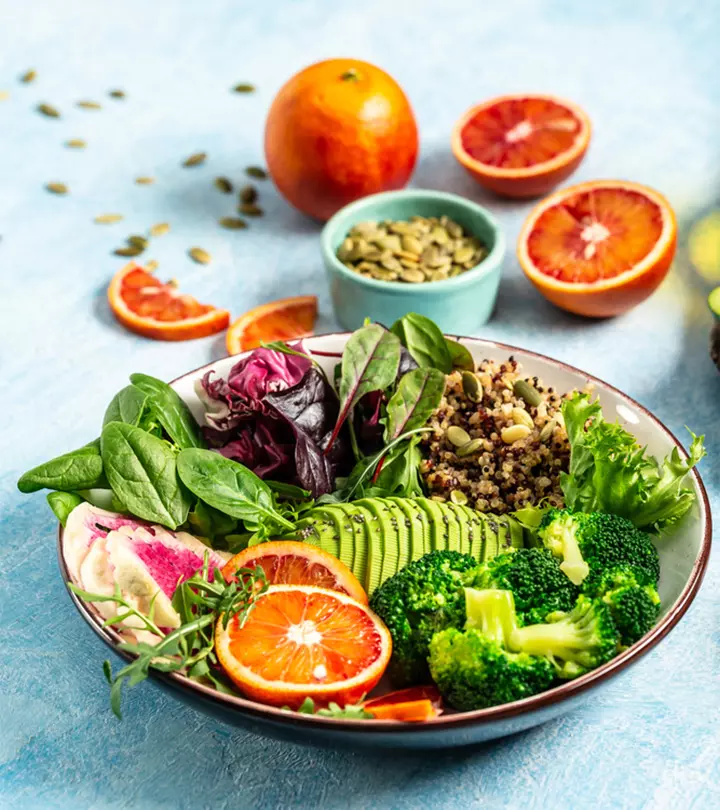

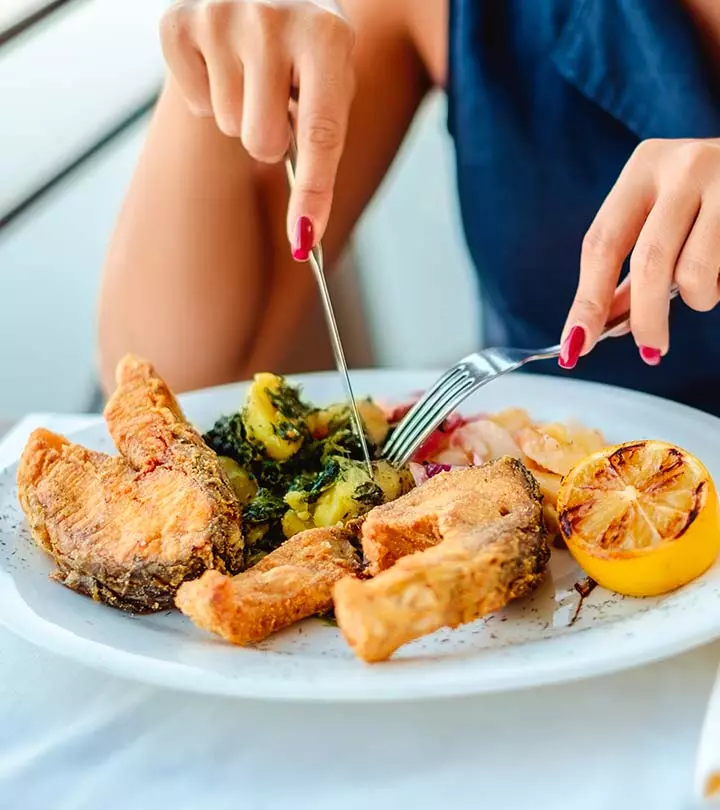
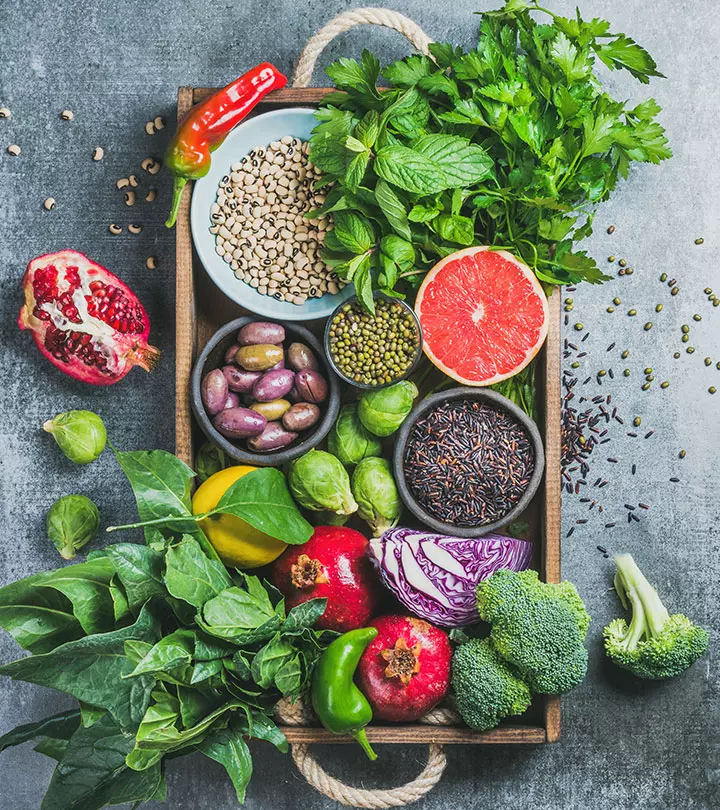

Community Experiences
Join the conversation and become a part of our empowering community! Share your stories, experiences, and insights to connect with other beauty, lifestyle, and health enthusiasts.